Brazil is one of the countries that most waste food in the world. According to data from WFP Brasil, every year about 40 million tons of food end up in the trash, which is equivalent to an average of 5 kilos of food wasted per person.
It’s a lot, isn’t it? Especially in a country like ours, where every nine Brazilians go hungry.
The saddest part of this story is that a good part of these foods could be consumed if they were stored correctly.
So it is! Food storage avoids waste (and a lot) and also brings a personal benefit: savings. After all, food costs money, including the one that ended up in the trash.
So, you are already getting ready to write down all the tips we brought in this post and say goodbye to food waste.
Importance of correct food storage
There are three main reasons why you should be concerned with the correct storage of food.
The first is waste related to sustainability. Food production is something that consumes many natural resources, mainly water and energy (not to mention the environmental damage caused by the use of pesticides). For this reason, the consumer must face the consumption of food responsibly and repudiate any type of waste.
Waste is also a major problem from the social point of view, since many Brazilians are still hungry and live in extreme poverty.
The second reason for making you store food properly is health. Food, when well preserved, maintains its nutritional qualities and characteristics, contributing to good health and well-being.
However, when they are poorly maintained, they are harmful to health and can cause food poisoning, caused mainly by bacteria and fungi that develop in food.
Finally, the third reason is the economic one. Correct storage of food can positively contribute to your pocket. Do the math and write down the value of each discarded food. You will notice the size of the economy.
How to store food
The closer the food is to room temperature, the greater the chances of it spoiling.
It is the fault of bacteria and other microorganisms that take advantage of humidity and temperature to proliferate and decompose food.
Therefore, its main task is to ensure that the food storage location is at a constant temperature and preferably colder than the ambient temperature.
But for each type of food there are some peculiarities that are worth getting to know better, just take a look:
Grains and cereals
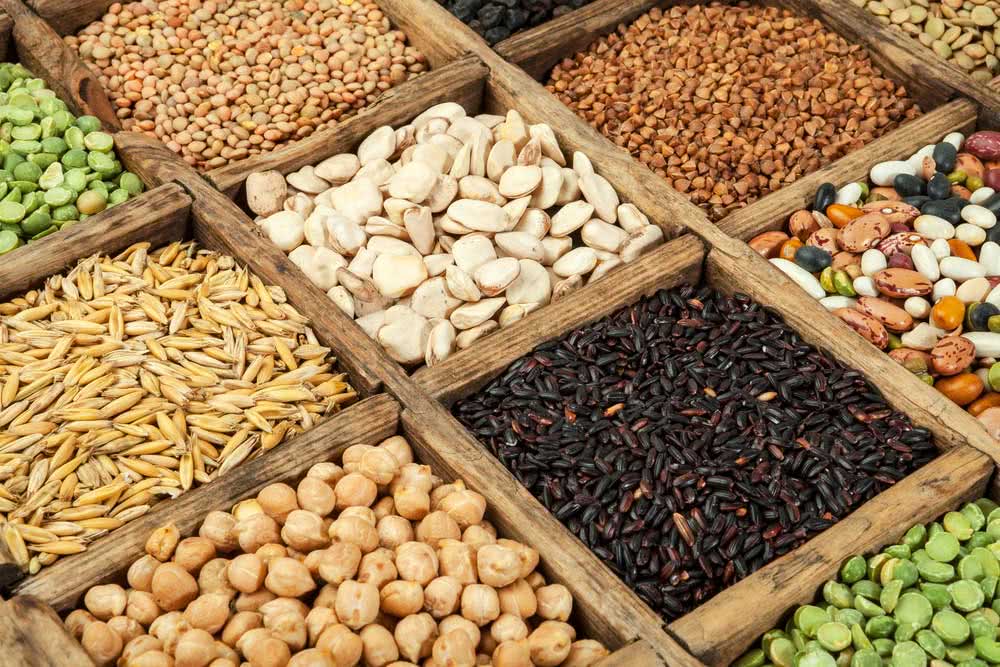
Dry grains, such as beans, lentils, chickpeas and peas, for example, should be stored in dry, ventilated places and protected from heat and sun.
Once opened, the packages must be well sealed. If possible, transfer what’s left to a glass jar to ensure a better seal. It is even worth reusing preserving pots for this purpose, as long as they are properly sanitized.
The same goes for cereals, such as rice, oats, wheat, among others.
Once cooked, these foods must be kept refrigerated for a maximum of three days or frozen for up to two months.
Eggs
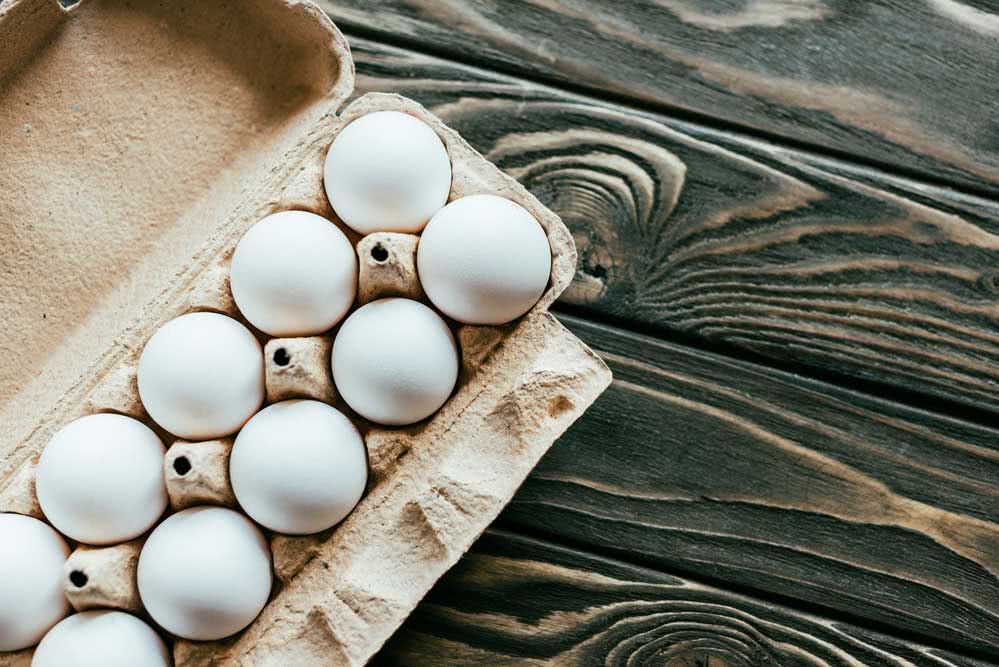
Eggs should be stored in the refrigerator, but not in the door as was the custom in the past.
If your refrigerator still has this egg storage model, ignore it and use a pot to store the eggs.
But why? The answer is simple: the constant opening of the door interferes with the temperature of the eggs, not to mention the chatter that can lead to small cracks in the shell that contribute to the process of food deterioration.
Meat
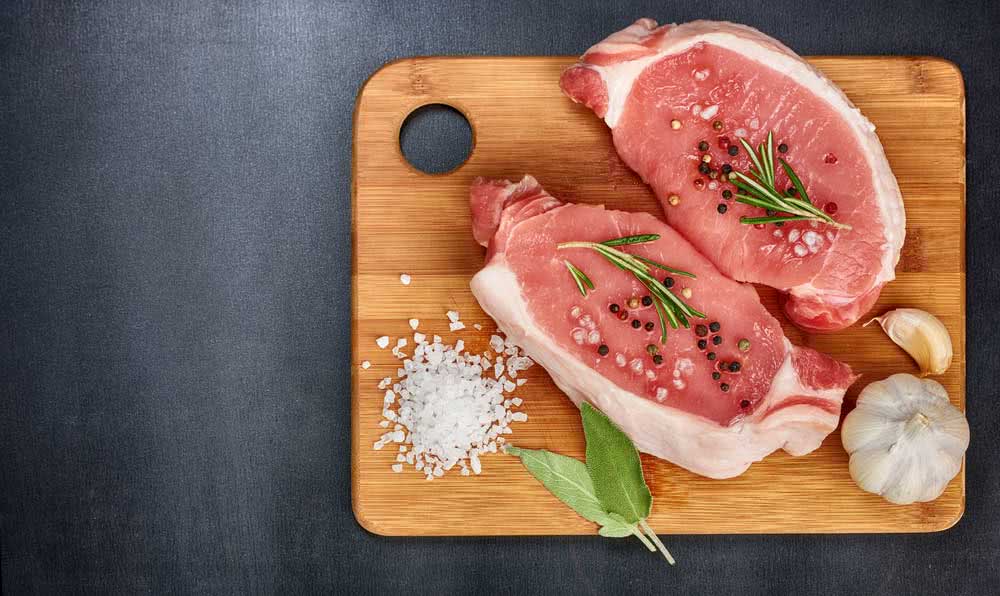
Meats that will be eaten on the same day can be placed in the refrigerator. Set them on a plate or platter to prevent liquid leakage.
Whatever is not used immediately must be frozen. But here is a tip: freeze the meat in small portions, so you defrost only the one you are going to use, since after defrosting the food cannot be returned to the freezer.
Vegetables
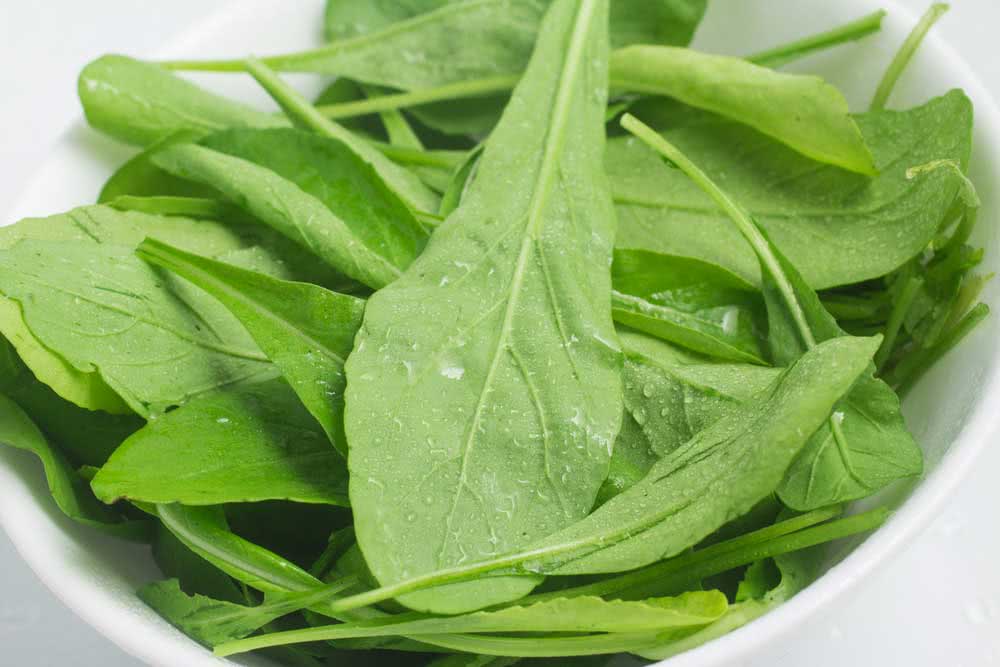
Lettuce, watercress, arugula, spinach, almond and other types of vegetables should be kept in the refrigerator, in pots with lids or plastic bags.
Preferably leave everything washed and sanitized, but before storing in the refrigerator it is important that the leaves are dry so as not to spoil.
In the refrigerator they last, on average, four or five days. Do not freeze vegetables.
Vegetables such as broccoli and cauliflower are kept in the refrigerator for up to six days when kept in plastic bags.
In the freezer, these vegetables last a little longer, up to a month. But in this case it is important to carry out the bleaching process.
Vegetables
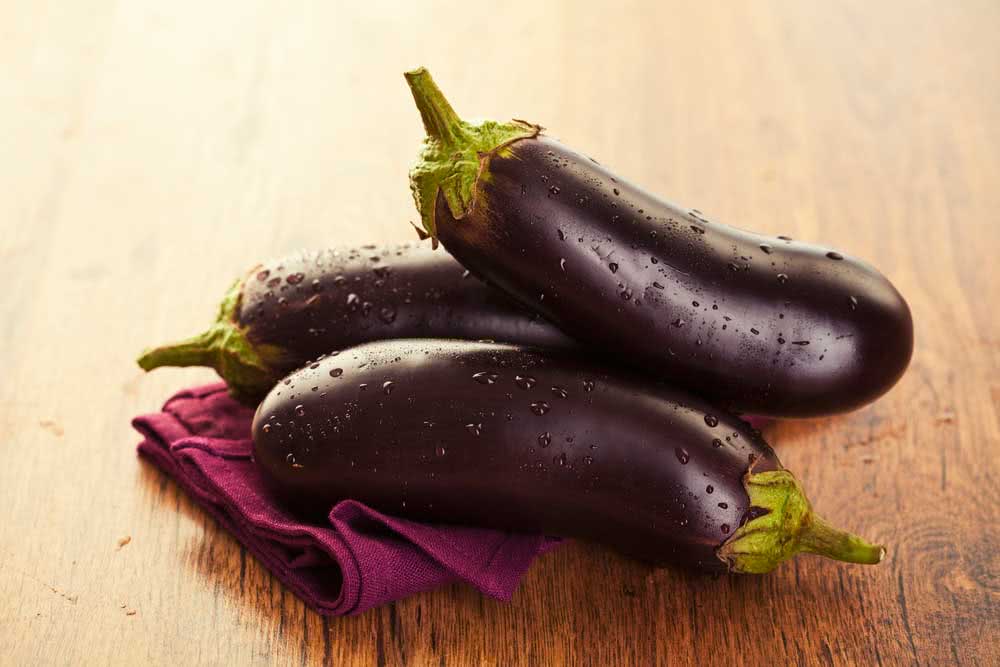
Some vegetables should be kept in the refrigerator, such as eggplant, for example. Others, more resistant, such as potatoes and carrots, can be kept at room temperature, inside a fruit bowl.
Once cooked, however, they must be kept in the refrigerator for a maximum of three days.
Fruit
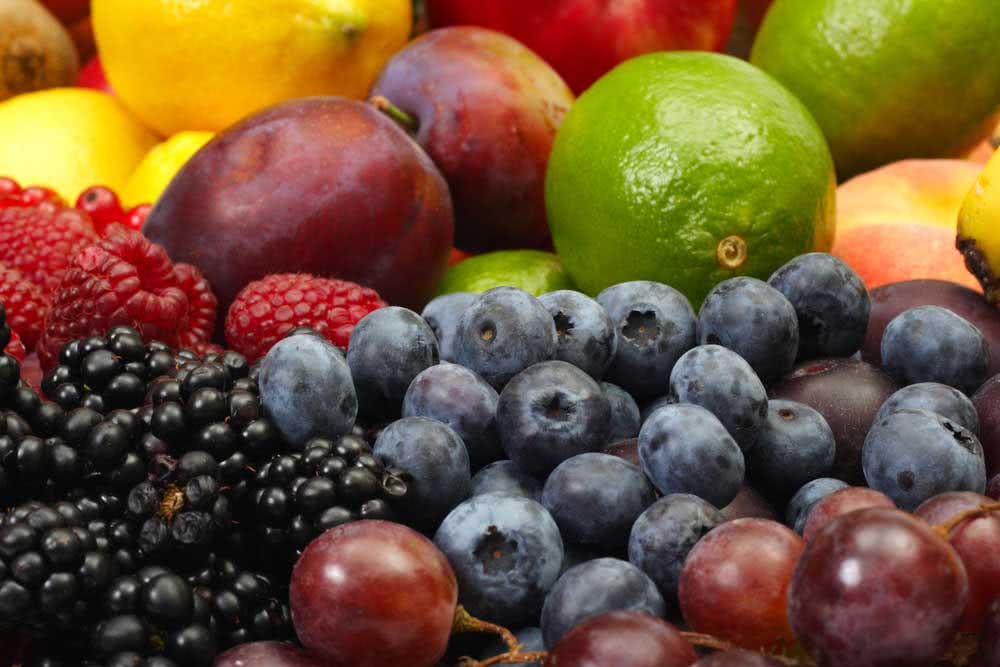
Fruits are very simple to store, since most of them do not need refrigeration. In that case, just put them in the fruit bowl.
However, some fruits, such as bananas, for example, release ethylene gas, a substance that accelerates ripening. Because of this it is interesting to keep this type of fruit away from the others, especially if the intention is that they take longer to ripen.
The chopped fruits or those that were not consumed whole can be kept in the refrigerator in pots with a lid, with the exception of fruits that suffer from oxidation, as is the case with apples and pears. In this case, the ideal is to consume the fruit completely.
Canned and industrialized
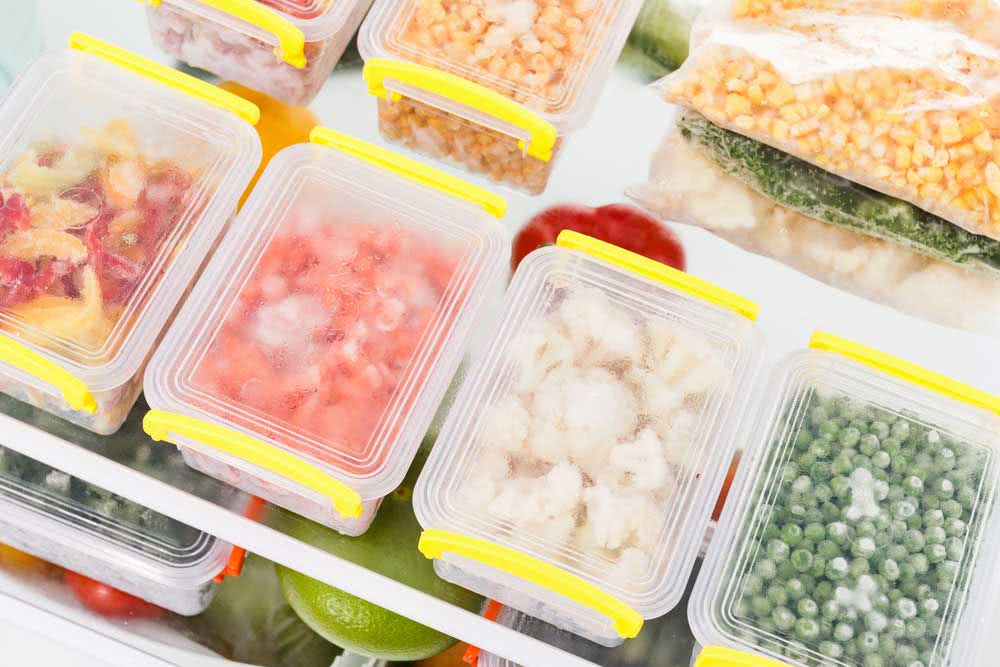
Processed foods must be kept at home in the same way as they were kept in the supermarket. That is, those who were in the refrigerator sector need to remain refrigerated and those who were in dry aisles can be kept in cabinets.
However, once opened, it is important to read the expiration time on the label. Some products last up to 30 days after opening, others just three.
There are some foods that must be removed from the original packaging after opening, especially canned foods, as these products suffer from oxidation. This is the case with tomato paste, corn and condensed milk, for example.
Frozen
Frozen foods purchased ready-made, such as lasagna and pizza, must be kept in the freezer at the temperature indicated by the manufacturer.
Home-made frozen foods should be frozen only after cooling.
Leftovers
And what to do with the rice or beans left over from lunch? These two types of food can be stored in the refrigerator until the next day and reused.
The same goes for cooked meats and vegetables. However, leftover spiced green salads should not be stored.
How to store food outside the home
How to store food on the street, outside the home?
This situation is very common for those who bring snacks and lunch to work, college or sports training.
In these cases, the best option is to have a thermal bag that keeps the food at the ideal temperature. Nowadays there are several models, some even very modern ones that don’t even look like lunch boxes.
Food storage containers
The type of container used for food storage also interferes with the quality of your food.
This is because some materials, especially plastic, can contaminate food with substances that are not friendly to our body. The best known of these is Bisphenol, also known as BPA.
However, nowadays it is possible to find BPA-free plastic pots, just consult the packaging.
And you know that idea of reusing jars of ice cream, margarine and mayonnaise? So, forget It! These pots can even be reused, but for things other than food storage.
The reason is simple: these pots do not tolerate heating and cooling, as they can release toxic substances.
The most recommended containers are glass with airtight lid. They are more hygienic, free of harmful substances and seal food very well, in addition to supporting microwave and oven heating and freezing.
Extra tips and care with food storage
- Even if the food has a normal smell and appearance, do not consume it if it has been in the refrigerator for more than three days.
- Make it a habit to clean cabinets and the refrigerator frequently. This makes you stop buying items you already have at home, avoiding waste.
- Expired foods must be placed in front of the others in order to be consumed more quickly. The same goes for those who were prepared first.
- Beware of cross-contamination between foods. To do this, avoid handling raw foods, especially meats, together with fruits and vegetables.



